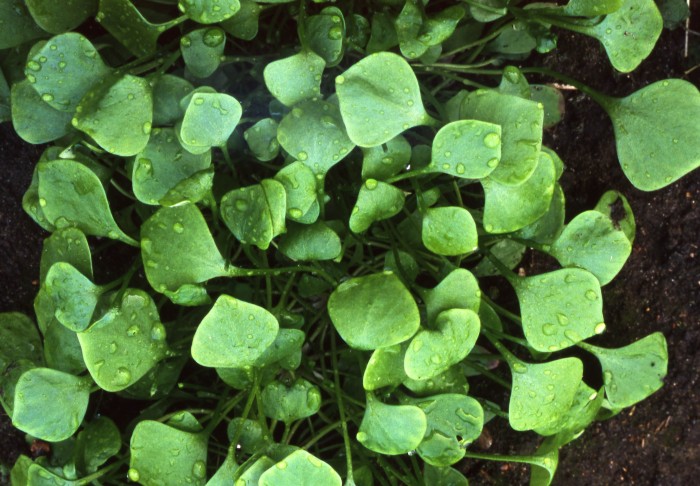

 7
7








How Permies works: https://permies.com/wiki/34193/permies-works-links-threads
My projects on Skye: The tree field, Growing and landracing, perennial polycultures, "Don't dream it - be it! "
 2
2




I'm not lost because where ever I go there I am and that light at the end of the tunnel is not a train.












 4
4




How Permies works: https://permies.com/wiki/34193/permies-works-links-threads
My projects on Skye: The tree field, Growing and landracing, perennial polycultures, "Don't dream it - be it! "












 4
4








How Permies works: https://permies.com/wiki/34193/permies-works-links-threads
My projects on Skye: The tree field, Growing and landracing, perennial polycultures, "Don't dream it - be it! "












 4
4







How Permies works: https://permies.com/wiki/34193/permies-works-links-threads
My projects on Skye: The tree field, Growing and landracing, perennial polycultures, "Don't dream it - be it! "












 4
4





| measurement | % on direct sown beans | % on transplanted beans |
|---|---|---|
| bad Aphids | 15 | 50 |
| all aphids | 45 | 65 |
| cuckoo spit | 50 | 90 |
| flower development | 55 | 70 |
| other bugs etc | 10 plants with other creatures | 2 plants with other creatures |


How Permies works: https://permies.com/wiki/34193/permies-works-links-threads
My projects on Skye: The tree field, Growing and landracing, perennial polycultures, "Don't dream it - be it! "












 4
4






| measurement | % on direct sown beans | on transplanted beans |
|---|---|---|
| aphids | 5 | 5 |
| cuckoo spit | 10 | 0 |
| total # bean pods set | 28 | 20 |
| other insects | 25 | 5 |
How Permies works: https://permies.com/wiki/34193/permies-works-links-threads
My projects on Skye: The tree field, Growing and landracing, perennial polycultures, "Don't dream it - be it! "












 4
4










How Permies works: https://permies.com/wiki/34193/permies-works-links-threads
My projects on Skye: The tree field, Growing and landracing, perennial polycultures, "Don't dream it - be it! "












 2
2








How Permies works: https://permies.com/wiki/34193/permies-works-links-threads
My projects on Skye: The tree field, Growing and landracing, perennial polycultures, "Don't dream it - be it! "
Roots post here: https://permies.com/t/229808/Growing-Seed-saving-Neeps-rutabaga












 5
5









How Permies works: https://permies.com/wiki/34193/permies-works-links-threads
My projects on Skye: The tree field, Growing and landracing, perennial polycultures, "Don't dream it - be it! "












 1
1







How Permies works: https://permies.com/wiki/34193/permies-works-links-threads
My projects on Skye: The tree field, Growing and landracing, perennial polycultures, "Don't dream it - be it! "












 1
1








How Permies works: https://permies.com/wiki/34193/permies-works-links-threads
My projects on Skye: The tree field, Growing and landracing, perennial polycultures, "Don't dream it - be it! "

|
Now I am super curious what sports would be like if we allowed drugs and tiny ads.
Rocket Mass Heater Resources Wiki
https://permies.com/w/rmh-resources
|







